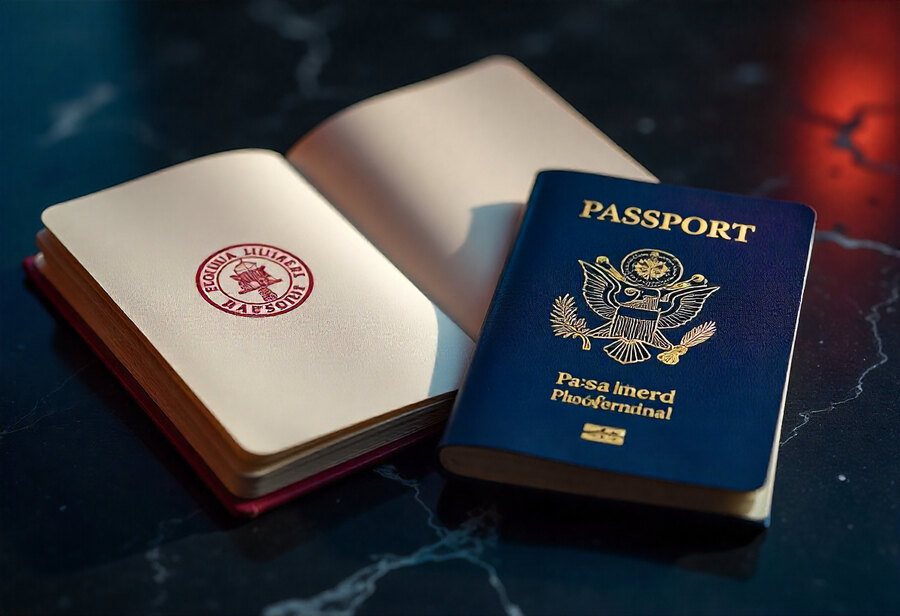≡-Europe Shifts Toward Contactless Travel As Indian Citizens Prepare For Fully Online Visa Applications And E-Gate Entry Under New Schengen Rules – Viral of Today
<> Viral of Today <>
Home » TOURISM NEWS » Europe Shifts Toward Contactless Travel As Indian Citizens Prepare For Fully Online Visa Applications And E-Gate Entry Under New Schengen Rules Friday, August 1, 2025Europe is embracing a new era of seamless, digital border control, as the European Union prepares to roll out fully online visa applications and automated e-gate entry systems under its updated Schengen rules. For Indian travelers, this shift marks a significant transformation—eliminating paper-based procedures, reducing embassy visits, and introducing biometric scanning and digital visa approvals that align with Europe’s broader move toward contactless, tech-driven travel experiences.The European Union has officially ended the use of physical Schengen visa stickers, replacing them with secure digital barcodes in a sweeping overhaul of its visa process. This move, set to begin in November 2024, marks a major shift toward digital travel solutions and will directly impact Indian travelers and millions of visitors worldwide heading to Europe.Digital Visa Rollout Begins in Late 2024Travelers applying for a Schengen visa will no longer receive the traditional sticker pasted into their passports. Instead, they will obtain a digitally signed 2D barcode, which immigration officials can scan at entry points across Europe. The barcode directly links to a centralized EU visa system, giving border agents immediate access to visa details, applicant identity, and authorization status.This digital transition comes after EU foreign ministers approved a regulation to launch an online visa platform. The new system aims to cut paperwork, enhance efficiency, and increase security across the Schengen zone, which includes 27 European countries.Fully Online Application PlatformUnder the new system, applicants will complete the visa process entirely online. They will submit their forms, upload supporting documents, pay visa fees, track application status, and eventually receive the visa barcode through the digital portal. The system will support multiple languages and guide users through the process, making it easier for both first-time and repeat travelers.Travelers applying for the first time will still need to submit their biometric data—such as fingerprints and a facial scan—in person. However, once stored, their future visa renewals and entries will not require re-submission, speeding up the process significantly.Pilot Program at the Paris OlympicsDuring the 2024 Paris Olympic Games, the European Union carried out an extensive pilot of its digital visa system. Over 70,000 visitors attending the event were granted Schengen visas in the form of secure digital barcodes rather than the usual passport stickers. These barcodes, accessible via mobile devices or printed formats, replaced the traditional paper-based process entirely. The successful implementation of this trial provided strong proof of concept and paved the way for a full rollout of the digital visa platform across the Schengen zone later in the year.Authorities confirmed that the digital visa provided faster processing times at the border and improved coordination between immigration checkpoints and the centralized database.Entry/Exit System to Launch in 2025Alongside the rollout of digital visas, the European Union is preparing to launch two advanced systems to upgrade its border management procedures. The Entry/Exit System (EES), scheduled to go live in October 2025, will eliminate traditional passport stamps and instead verify travelers using biometric data, such as fingerprints and facial scans.Travelers entering or leaving the Schengen zone will go through automated gates that verify identity and visa validity. EES will help monitor how long each traveler stays in the EU and prevent overstays or illegal entry, while also streamlining queues at border crossings.ETIAS to Go Live by End of 2026By late 2026, the European Union plans to launch the European Travel Information and Authorisation System (ETIAS), a new pre-screening requirement for visitors from visa-exempt nations. Travelers from countries like the United States, Canada, and the United Arab Emirates won’t need a visa, but they will be required to fill out an online form and obtain prior approval before entering any EU member state.The ETIAS system will assess each traveler’s application by analyzing submitted data to identify potential security, health, or immigration risks. Once granted, the travel authorization will remain valid for several short stays over a three-year span. The primary aim is to enhance border safety while ensuring smooth access for genuine visitors.Benefits for Indian TravelersIndian travelers seeking a Schengen visa will now find the process far more convenient with the EU’s shift to a digital system. Instead of making repeated trips to visa centers, applicants can now complete the entire procedure from the comfort of their home. From uploading necessary documents to making secure payments and monitoring the status of their application, everything happens in real time through the new online platform.Once approved, travelers will receive a digital visa in barcode form, which they can store on their smartphone or print for use at border checks. The system will support biometric e-gate entry for travelers who have submitted their biometric data, making the border crossing experience faster and more efficient.The shift to digital processes also aligns with the EU’s broader goal of creating a paperless travel environment, reducing reliance on physical documents, and minimizing administrative burden on both travelers and authorities.A Technological Leap for the EU’s Travel InfrastructureThese changes represent the most significant updates to the EU’s visa and border procedures in decades. By replacing physical visa stickers with digitally signed barcodes, the EU aims to reduce fraud, improve transparency, and offer a more user-friendly experience.The integration of biometrics through EES and pre-clearance through ETIAS reflects a growing global trend toward smart border management. With each traveler’s information securely stored and accessible in real time, immigration officials can make faster and more accurate decisions.For tourists, students, professionals, and frequent business travelers from India and other non-EU countries, the benefits are clear: faster applications, quicker entry, less paperwork, and fewer surprises at the border.The Future of Travel to EuropeThe EU’s decision to go fully digital with Schengen visas marks a major milestone in modernizing international travel. Travelers from India and beyond can look forward to a more convenient, secure, and digitally connected journey to Europe.Europe is transitioning to fully digital travel systems under new Schengen rules, prompting Indian citizens to prepare for online visa applications and e-gate entry as part of the EU’s push for faster, contactless border processing.With the digital visa rollout starting in 2024, followed by the EES launch in 2025 and ETIAS implementation by 2026, the European Union is building a next-generation travel system designed for the future. These reforms promise to reduce delays, protect borders, and provide travelers with a seamless entry experience from the moment they apply for a visa to the time they step into Europe.
This information will surprise you!
See also
- Read until the end to discover everything.
- Important information you need to know.
- Interesting facts and helpful tips.
Conclusion
Did you enjoy the news? Keep following us daily!













